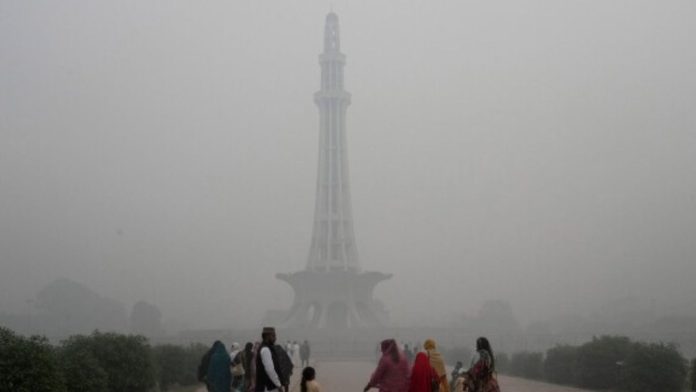Lahore has once again topped the list of the world’s most polluted cities, recording an alarming Air Quality Index (AQI) of 563, according to the latest data from IQAir. This “hazardous” level of air pollution poses severe health risks to millions of residents and highlights the city’s ongoing struggle with smog and poor air quality.
Experts report that Lahore’s PM2.5 concentration, tiny airborne particles that penetrate deep into the lungs, is 71 times higher than the World Health Organization’s (WHO) safe limit. Such levels can cause respiratory illnesses, cardiovascular problems, and other long-term health complications.
Other major cities in Punjab are also facing dangerous pollution levels. Faisalabad recorded an unprecedented AQI of 1037, one of the highest ever measured, while Karachi ranked seventh globally with an AQI of 154.
In response, the Punjab government has activated its emergency anti-smog plan, which includes measures such as deploying anti-smog guns, cracking down on smoke-emitting vehicles, and intensifying real-time air quality monitoring. Industries and construction activities are also being closely monitored to control emissions.
Despite these efforts, environmental experts caution that short-term actions alone are not enough. They emphasize the need for long-term strategies, including stricter industrial regulations, cleaner energy adoption, and regional cooperation with neighboring areas to effectively combat the smog crisis.
Lahore’s worsening air pollution serves as a wake-up call, urging both citizens and authorities to take collective, sustainable action for cleaner air and a healthier future.


